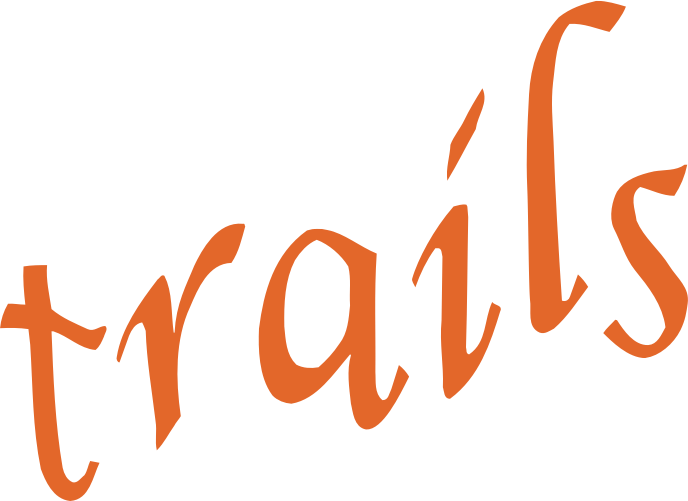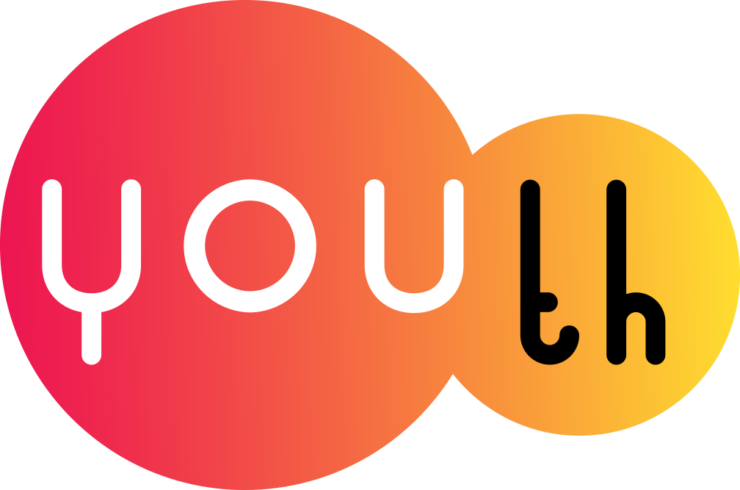-
measure Startle Reflex Task
Study: TRAILS Mode of collection: MeasurementsAndTests Behavioral/cognitive task Biological sample/measurement Available measurements: Population cohort POP - T3
Clinical cohort CC - T3The Startle Reflex Task is an assessment of physiological and subjective stress reactivity. In the task, participants have to watch nine short videos: 3 videos for habituation, 2 positive, 2 neutral and 2 unpleasant videos. During the videos, participants are startled by a white noise, and they are instructed to ignore them. After the task, participants...Created October 17, 2024 • Updated October 20, 2024 -
measure Trier Social Stress Test (TSST)
Study: TRAILS Mode of collection: MeasurementsAndTests Behavioral/cognitive task Available measurements: Population cohort POP - T3
Clinical cohort CC - T3The Trier Social Stress Test (TSST) is an assessment of physiological and subjective stress reactivity. During the task, participants have to prepare a short presentation about themselves, publicly (in front of a camera) give this short presentation about themselves, and perform a (too) difficult mental calculation during which they receive negative...Created October 17, 2024 • Updated October 20, 2024 -
measure Spatial Orienting Task (SOT)
Study: TRAILS Mode of collection: MeasurementsAndTests Behavioral/cognitive task Available measurements: Population cohort POP - T3
Clinical cohort CC - T3The Spatial Orienting Task (SOT) is a validated assessment of attentional control. In the task, participants are instructed that they can either win or lose points, after which they have to push a button if they see a target pop up. The target either pops up fast or really fast and the location where the target pops up can be primed or not. The accuracy...Created October 17, 2024 • Updated October 20, 2024 -
measure Prosocial Cyberball Game (PCG)
Study: YOUth Mode of collection: MeasurementsAndTests Behavioral/cognitive task Available measurements: Child and Adolescent 9 years 12 yearsThe Prosocial Cyberball Game (PCG) measures prosocial behavior related to empathy when seeing that someone is being socially excluded. In the game, children play a (digital) ball-tossing game with peers. In the first block of the game, all children typically receive the ball an equal amount of time. In the second block of the game, one of the peers is...Created October 17, 2024 • Updated October 20, 2024 -
measure Trust game
Study: YOUth Mode of collection: MeasurementsAndTests Behavioral/cognitive task Available measurements: Child and Adolescent 9 years 12 yearsThe trust game tests participants’ willingness to trust others and reciprocate other’s trusts in a social context, both of which serve as proxies for perspective taking. The game consists of multiple rounds, in which two players take turns in dividing a sum of money. The first player (either the participant or a simulated player) gets two options on how...Created October 17, 2024 • Updated October 20, 2024 -
measure Emotion experiment
Study: YOUth Mode of collection: MeasurementsAndTests Behavioral/cognitive task Available measurements: Child and Adolescent 9 years 12 yearsThe Emotion experiment is a task that aims to measure emotional face processing. In the task, participants view pictures of faces (happy, fearful, or neutral), and houses in a pseudorandom order. The stimuli were taken from the Radboud Faces Database (Langner et al., 2010) and are presented in blocks of 18 seconds, with four blocks for each of the four...Created October 17, 2024 • Updated October 20, 2024 -
measure Peabody Picture Vocabulary Task (PPVT-III-NL)
Study: YOUth Mode of collection: MeasurementsAndTests Behavioral/cognitive task Available measurements: Baby and Child 3 years 6 years
Child and Adolescent 9 years 12 yearsThe Peabody-Picture vocabulary task (PPVT; Dunn and Dunn, 1981) is a widely used task to evaluate a participant’s vocabulary size for their age, and serves as a proxy of general language performance. It is normed for participants between 2 and 90 years old. On each trial, participants see an array of four pictures and hear a word that matches one of these...Created October 17, 2024 • Updated October 20, 2024


